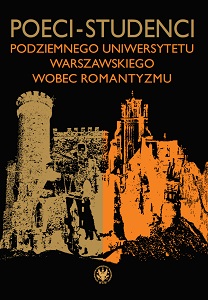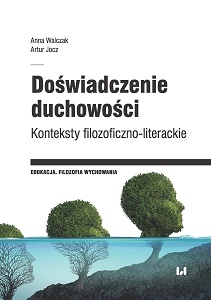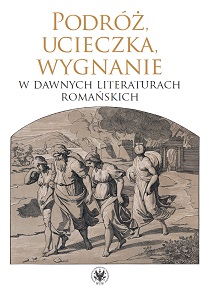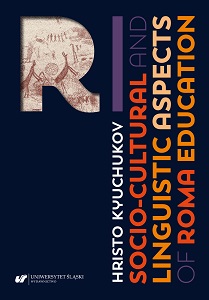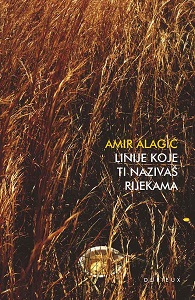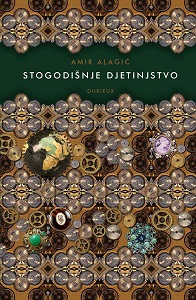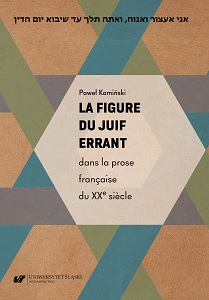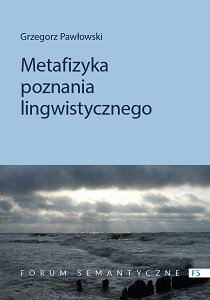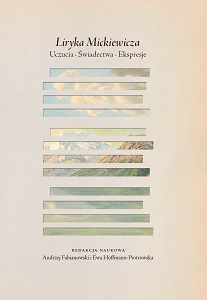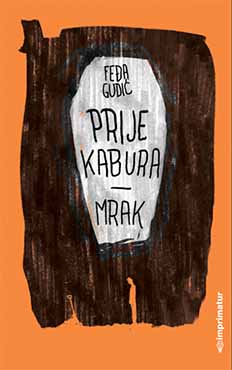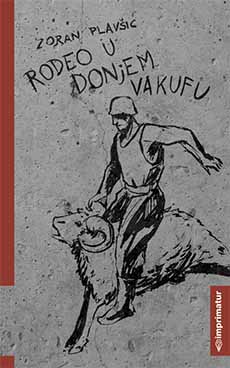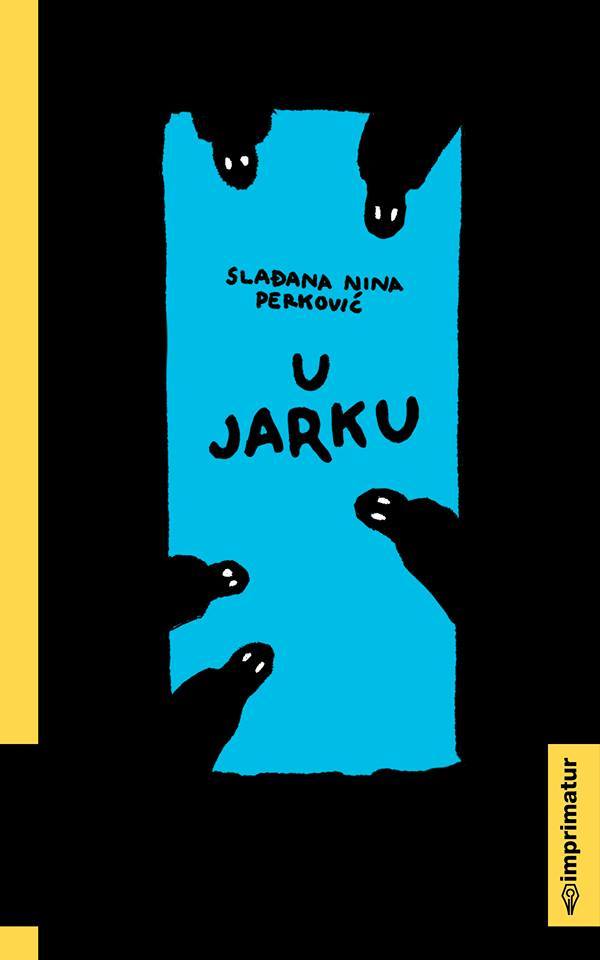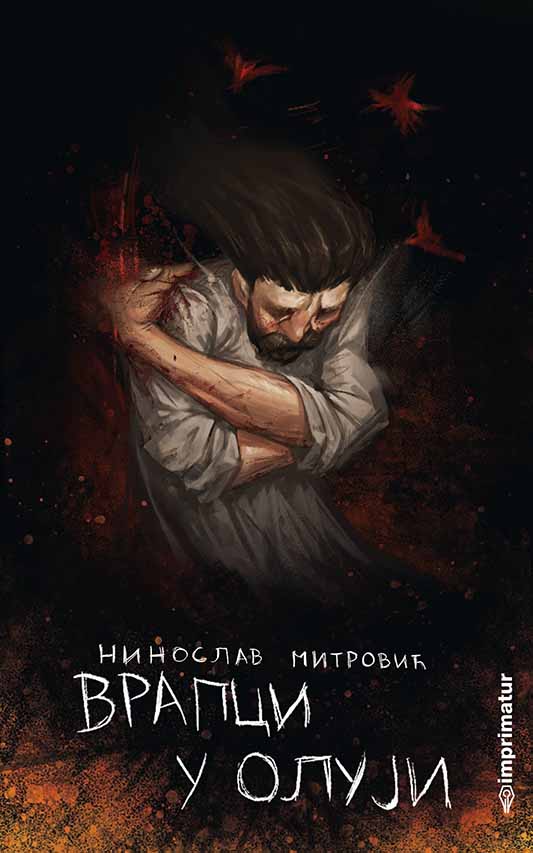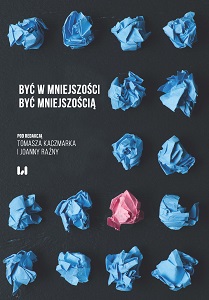
Być w mniejszości. Być mniejszością
The authors of the articles represent various scientific centers, diverse fields of knowledge; and view the issue of minorities from different perspectives. They want to speak on behalf of all who, for various reasons, are on the margin of majority groups. According to Albert Camus, the writer's role is to defend the excluded who have been deprived of that accusatory voice. Harold Pinter wants to discover “reality through art” to rebuild human dignity. These actions are intended, as Emma Goldman pointed out in her essay under the telling title “Minorities versus Majorities”, to “divide and break up” the majority, because “always, at every period, the few were the banner bearers of a great idea, of liberating effort. Not so the mass, the leaden weight of which does not let it move.” This advocate of women’s rights and sexual freedom does not want to express contempt for the common people, but rather draws attention to the driving force of a thinking human being, ready to change a rotten and unfair system for a truly democratic society of free people: “the living, vital truth of social and economic well-being will become a reality only through the zeal, courage, the non-compromising determination of intelligent minorities, and not through the mass.”Tomasz Kaczmarek
More...
